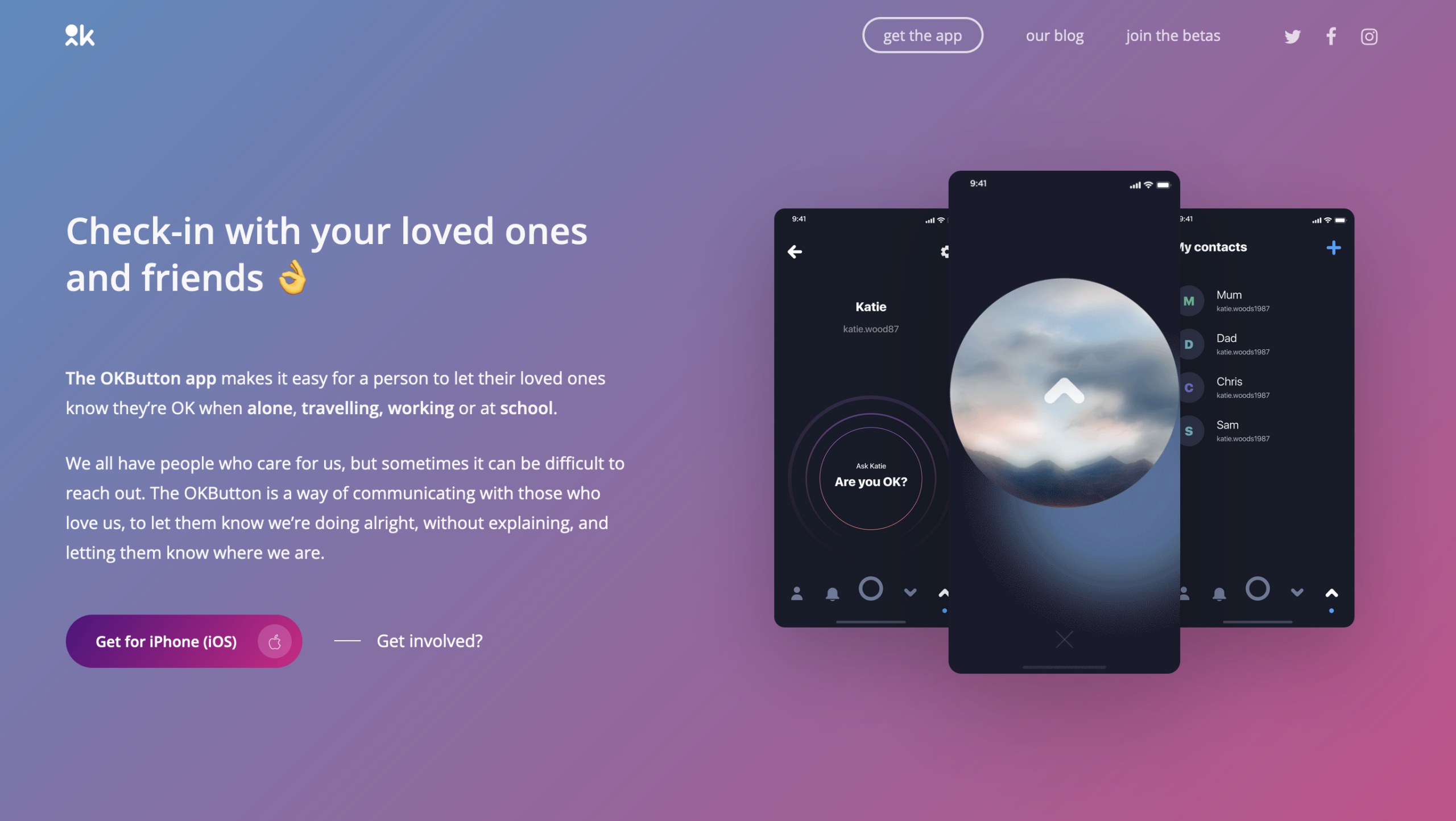Building your MVP (Minimal Viable Product)
Building an MVP has several advantages. First, it allows you to validate your idea with real users before spending much time and money on development. Second, it gives you a chance to get feedback from users and make changes based on that feedback. And third, it can help you raise funding since investors will see that you’ve already validated your idea.
Building an MVP should be part of your plan if you’re thinking about starting a software company, such as making a SaaS product (software as a service). It’s a great way to validate your idea and get feedback from users. And it can help you raise funding from investors. So don’t wait; start building your MVP today!
In this article about building your MVP, we will discuss:
1. What is an MVP, and why do you need one
2. How to build an MVP
3. What to do with your MVP once it’s built
4. The benefits of building an MVP
5. How to get started with your MVP today
What is an MVP, and why do you need one
An MVP, or Minimal Viable Product, is a small version of your product that you can use to test your idea and get user feedback. It’s important to remember that the MVP isn’t a finished product; it’s just meant to help you validate your idea. So start by figuring out what the core features of your product are and then build a simple version of those features.
How to build an MVP
We’ll take you through the typical stages of developing an MVP.
Figure out what the core features of your product are
When building an MVP, it’s essential to figure out your product’s core features. These are the features vital to your product’s success, and you should focus on them when you’re building your MVP.
One way to figure out what the core features of your product are is to ask yourself a series of questions. For example:
– What problem does my product solve?
– What needs does my product meet?
– What are the unique selling points of my product?
– What are the key features of my product?
Once you’ve answered these questions, you should have a good idea of your product’s core features.
Validate those ideas with other people and potential users
When it comes to developing a new product, you can’t just rely on your own intuition – you need to validate your ideas with other people. By doing so, you’ll ensure that you’re building something that people actually want and need. And you’ll save yourself time and money by not building a product that nobody wants or needs.
Find the right expertise for your project
Once you’ve figured out what your MVP should include, you’ll need to start building it. This will likely require a team of people with different skills. You’ll need someone who can design and build the product, someone who can do market research and user testing, and someone who can write code.
Finding people with complementary skills is essential to building a successful MVP. Once you have your team in place, you’ll need to start designing and building your product.

Work with others to validate your idea. Photo by Christina Morillo on Pexels.
Build a simple version of the core features
Now that you know what the core features of your product are, it’s time to build a simple version of them. When creating your MVP, remember that it’s not a finished product; it’s just meant to help you validate your idea. So start by focusing on the essential features and build a simple version of them.
Use all of the available tools
One way to build a simple version of your product is to use existing tools and platforms. For example, if you’re building a website, you can use a platform like WordPress or Squarespace. If you’re building a mobile app, you can use a platform like Appcelerator or PhoneGap. And if you’re making a software product, you can use a platform like Heroku or AWS.
Another way to build a simple version of your product is to hire a developer to help you. Riselabs work with contractors and freelancers based on the requirements of the project. You can find developers on platforms like Upwork or Fiverr. Just specify that you’re looking for someone to help you with an MVP and not a finished product.
Reach out to potential users and get their feedback
Once you have your MVP, it’s time to reach out to potential users and get their feedback. The best way to do this is by using a tool like SurveyMonkey or Qualaroo. These tools allow you to create surveys to send to potential users.
You can also reach out to potential users using social media platforms like Twitter or LinkedIn. Just search for people who might be interested in your product and reach out to them directly.
Make changes based on that feedback
Once you’ve gathered feedback from potential users, it’s time to decide what changes to make. This can be a complicated process, but it’s important to remember that the feedback you receive is valuable.
Common feedback themes
Start by sorting through your feedback and identifying the most common themes. Then, prioritise those themes and start making changes based on them.
Themes like “The product is too expensive” or “I don’t understand how to use the product” are essential and should be addressed first. But themes like “I wish the product did X” or “I didn’t like the button’s colour” can wait.
Prioritise feedback carefully
It’s also important to remember that not all feedback is equal. Some feedback will be more valuable than others. So make sure to prioritise the feedback that will have the most significant impact on your product.
Repeat until you have a finished product
Once you’ve made changes based on feedback from potential users, it’s time to repeat the process. This means reaching out to more potential users, gathering feedback, and making changes based on that feedback.
It’s important to remember that this process won’t happen overnight. It can take time to gather feedback, analyse it, and make changes. But if you’re patient and methodical, you’ll eventually end up with a finished product.
Launch your first version
Launching your first version of your product can be a daunting task. But if you follow these simple steps, you’ll be able to do it with ease.
1) Make sure your product is ready
Before launching your product, make sure that it’s ready for prime time. This means ensuring that all features are complete and that the product is stable. You should also test your product thoroughly to ensure there are no bugs.
2) Choose a launch date
Once you’ve verified that your product is ready, it’s time to choose a launch date. This is important because it will give you a deadline to work towards. It’s also essential to make sure that your launch date is realistic.
3) Create a launch plan
Your launch plan should include all of the steps you need to take to prepare for your launch. This might include creating marketing materials, setting up a website, and reaching out to potential customers.
4) Execute your launch plan
Once you’ve created your launch plan, it’s time to execute it. This means taking all of the steps you’ve laid out and completing them before your launch date.
5) Launch your product
On your launch date, make sure to announce your product to the world. You can do this through social media, email marketing, or even paid advertising.
6) Monitor your product’s progress
After you’ve launched your product, it’s crucial to monitor its progress. This means tracking your sales, customer feedback, and website traffic. Doing this will help you identify any areas where your product needs improvement.
7) Make changes based on feedback
As you receive feedback from customers, incorporate it into your product. This will help you improve your product over time and make it more likely to succeed in the long run.

The OKButton is an MVP testing an idea with a live audience
What to do with your MVP once it’s built
Once you’ve built your MVP, the next step is to figure out what to do with it. You can use it in a number of different ways, but the most important thing is to make sure that it’s helping you achieve your goals.
You can use your MVP to test your idea
The first and most obvious use for your MVP is to test your idea. This means gathering feedback from potential users and seeing if they’re interested in your product.
If you find that people are using your MVP and giving you positive feedback, then you know you have a good idea on your hands. But if people are ignoring your MVP or giving you negative feedback, then you might want to rethink your idea.
You can use your MVP to validate your business model
Another use for your MVP is to validate your business model. This means using it to test whether or not people are willing to pay for your product.
If you find that people are willing to pay for your MVP, you know you have a viable business model. But if people are unwilling to pay, you might need to rethink your pricing strategy.
You can use your MVP to attract investors
If you’re looking for funding for your startup, your MVP can also be used to attract investors. This is because investors are always looking for new and innovative ideas.
If you can show them that your MVP has potential, then you’ll be more likely to get funding. But if your MVP is lacklustre, then you might have a hard time getting investors interested.
You can use your MVP to sell your company
Another option is to use your MVP to sell your company. This is usually only an option if you have a very successful MVP, but it’s something to consider.
If you’re able to sell your company, you’ll be able to cash out and walk away with a nice profit. But if you’re unable to sell, you’ll have to continue running your company.
The bottom line
Building an MVP is a great way to validate your idea and test your business model. It can also be used to attract investors or even sell your company. Just make sure that you’re using it in a way that will help you achieve your goals.
Riselabs specialise in building MVPs for startup businesses. We can help you validate an idea, test a business model, or even attract investors. Contact us today to learn more about how we can help you.





